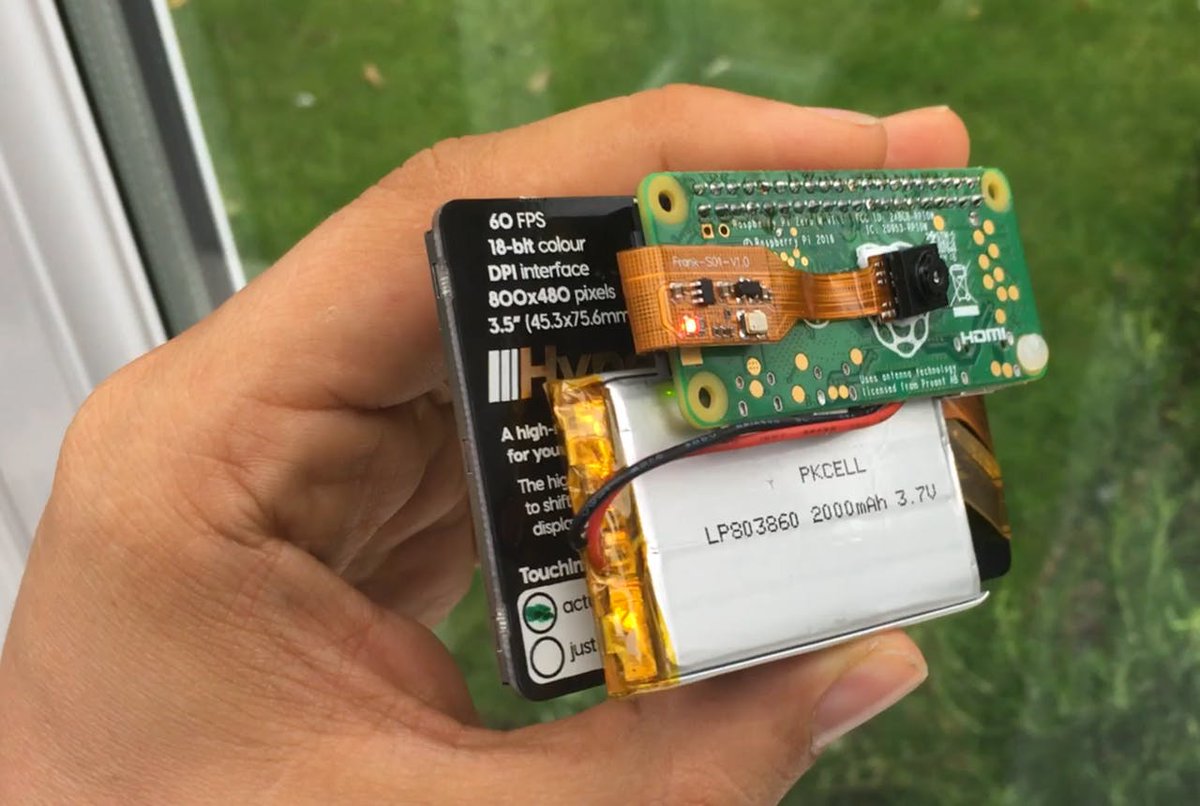
There are many good intro books and/or online web sites dealing with getting started with the Raspberry Pi. That is the primary way in which it will be used in this paper. That is, without a monitor/screen, being ac-cessed via, say, SSH (Secure Shell Protocol). By doing this tens of thousands of times per second, it maintains a constant voltage while consuming less energy. One can run the Pi in GUI mode are in headless mode. Each time it switches on it builds up energy in the internal capacitors to the desired voltage, then shuts off consumption from the power supply. Basically, the voltage regulator switches on and off thousands of times per second (in the case of the LM2956 - 150,000 times per second - 150kHz). The biggest advantage of using a Switching Voltage Regulator is that it is going to be the most energy efficient. In the case of the Raspberry Pi, the output would be 5.1V. Once your power supply has been attached, you can adjust the screw on the potentiometer to set your desired output voltage. Option 1: Switching Voltage Regulator (Good Option - Most efficient)Ī Switching Voltage Regulator like the LM2596 will allow you to use an input voltage between 3V - 40V and regulate it to output anything from 1.5V to 35V. Read about each to find out if one of these options will work for your project! I have listed them in order of my favorites top to bottom, but your requirements may be different based on your specific project. Here are three ways you can regulate the input voltage for your Raspberry Pi. So we need to find a way to supply a steady 4.9V - 5.3V to the Pi. The current will vary based on model, and how hard you are making your Pi work. Raspberry Pi’s are very picky and want exactly 5.1V (+/- 5% or so). Well of course! Let’s look at some different ways we can cut the cable for our Raspberry Pi! What are the requirements? However, we are engineers right? We can make anything work. Sounds cool right? A fully functioning computer the size of a deck of card that I can strap to my robot? Well yes! But the Raspberry Pi isn’t exactly compatible with your good old AA batteries, or that 12V Lipo you have laying around… right out of the box. These GPIO pins allow you to hook up different accessories like sensors, motors, other boards, and interact with them through interfaces or scripts on your Raspberry Pi. They also have a unique feature which I will refer to as the GPIO pins. You can put it in a little box, hook up a monitor, keyboard, and mouse and have a desktop computer powerful enough to do day to day things. Raspberry Pi’s are great little compact computers about the size of a deck of cards.

Wait… the power adapter is only three feet long?!? What is a Raspberry Pi?

You write all of your code, mount the Pi to your robot, and plug it in. Your Raspberry Pi will be the brains of your robot as it navigates through the world collecting data from multiple sensors and autonomously navigating using computer vision. So you just got your new Raspberry Pi and you are excited to hook it up to your newly built robot.


 0 kommentar(er)
0 kommentar(er)
